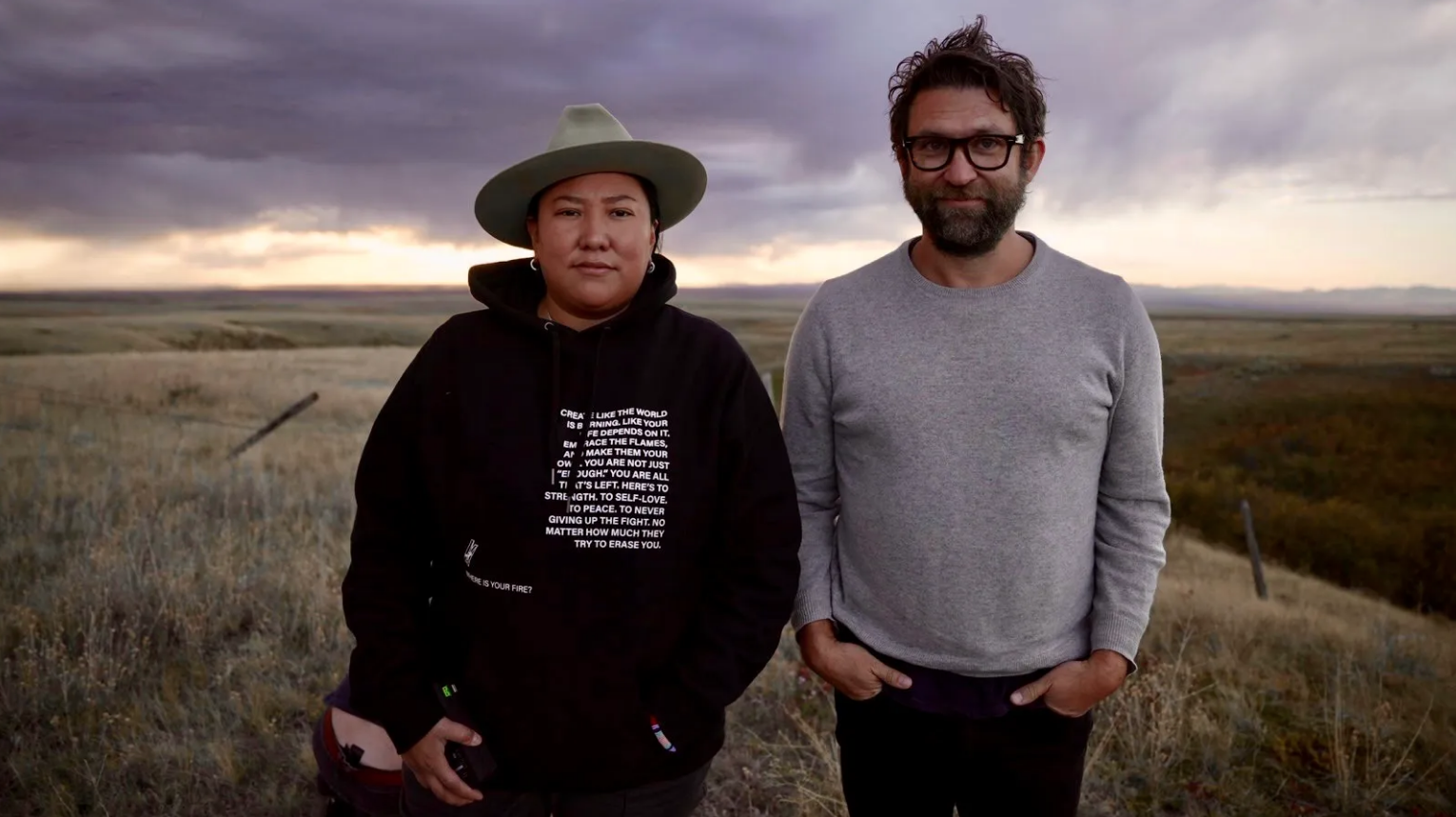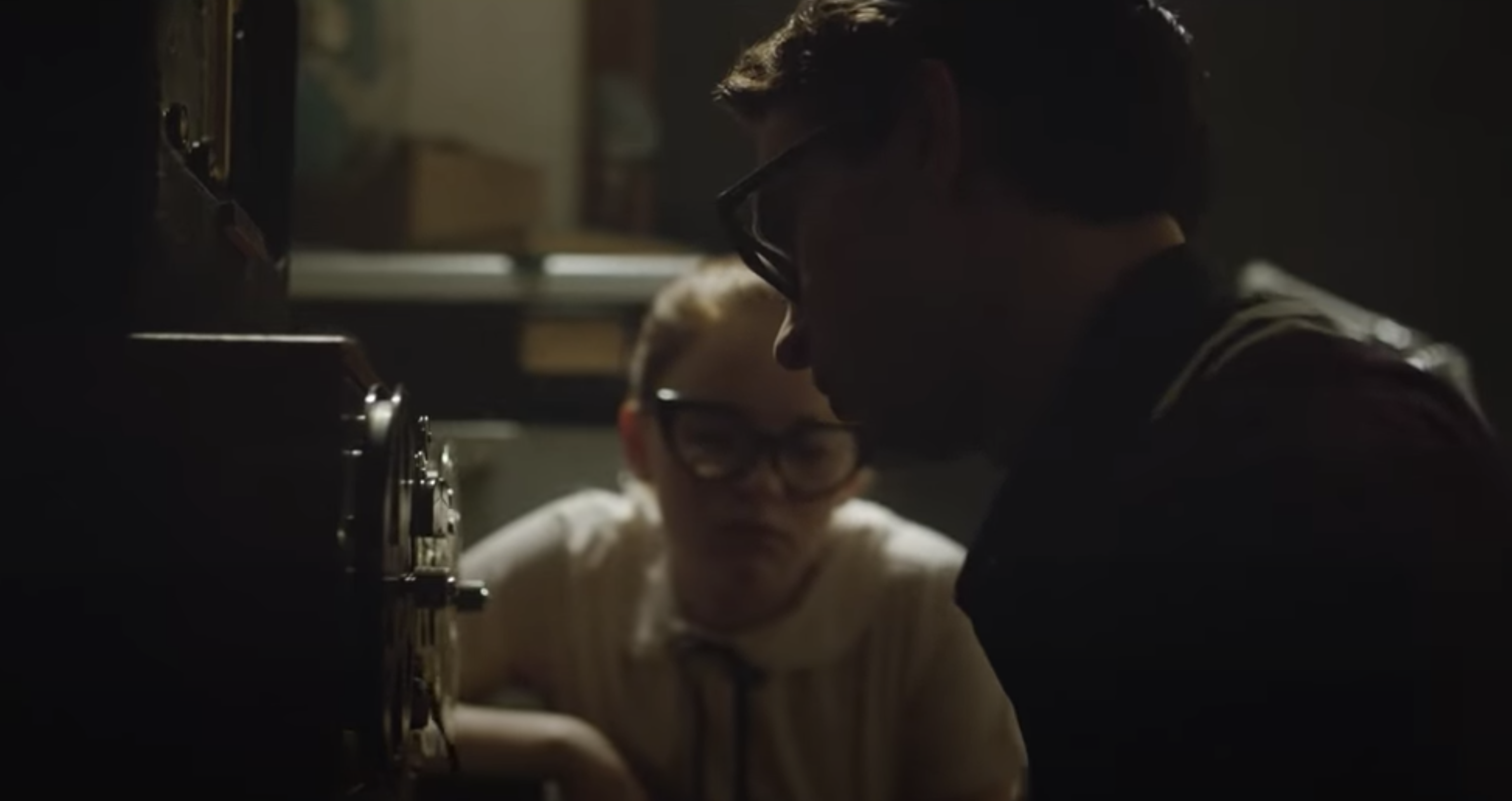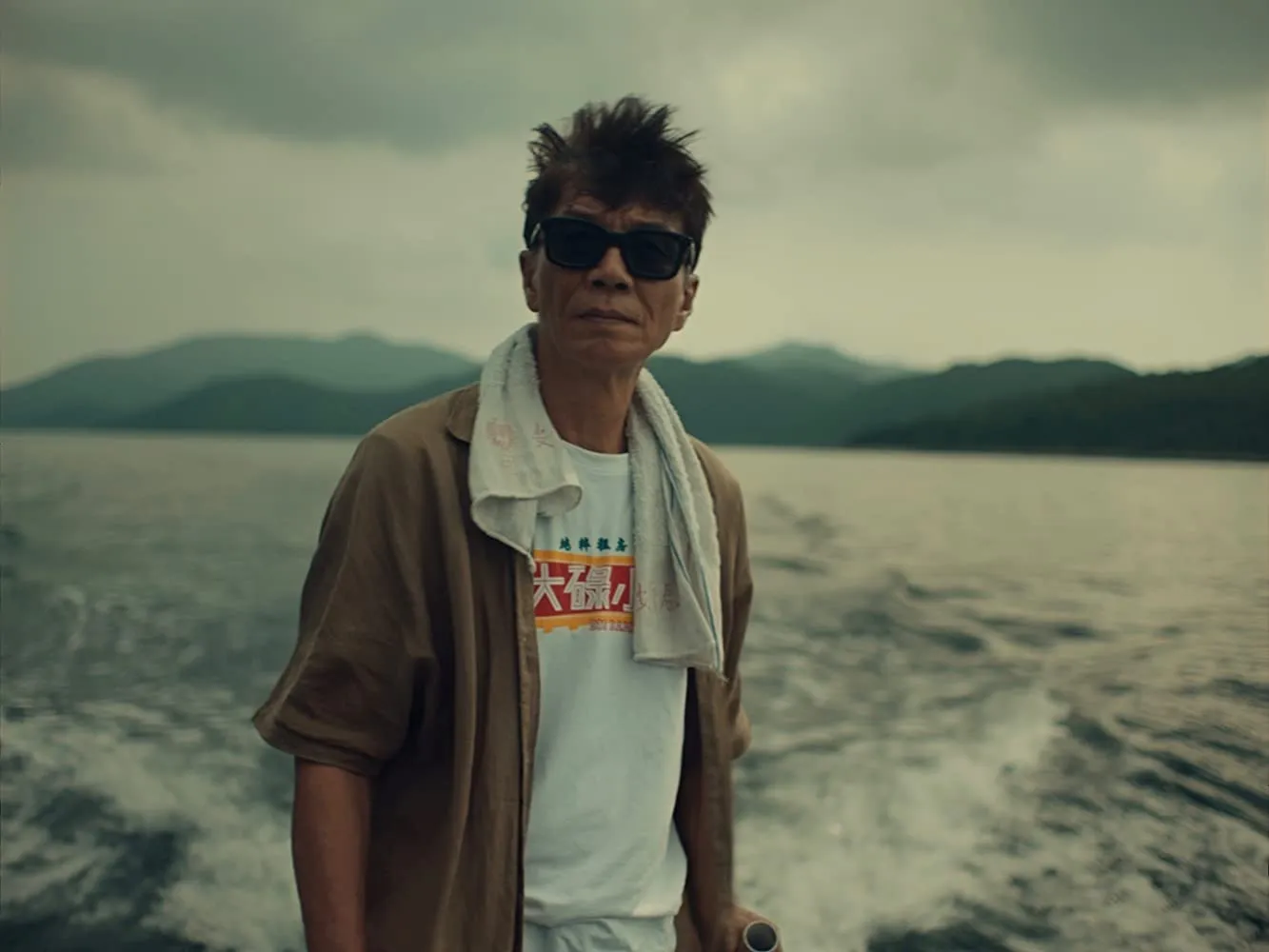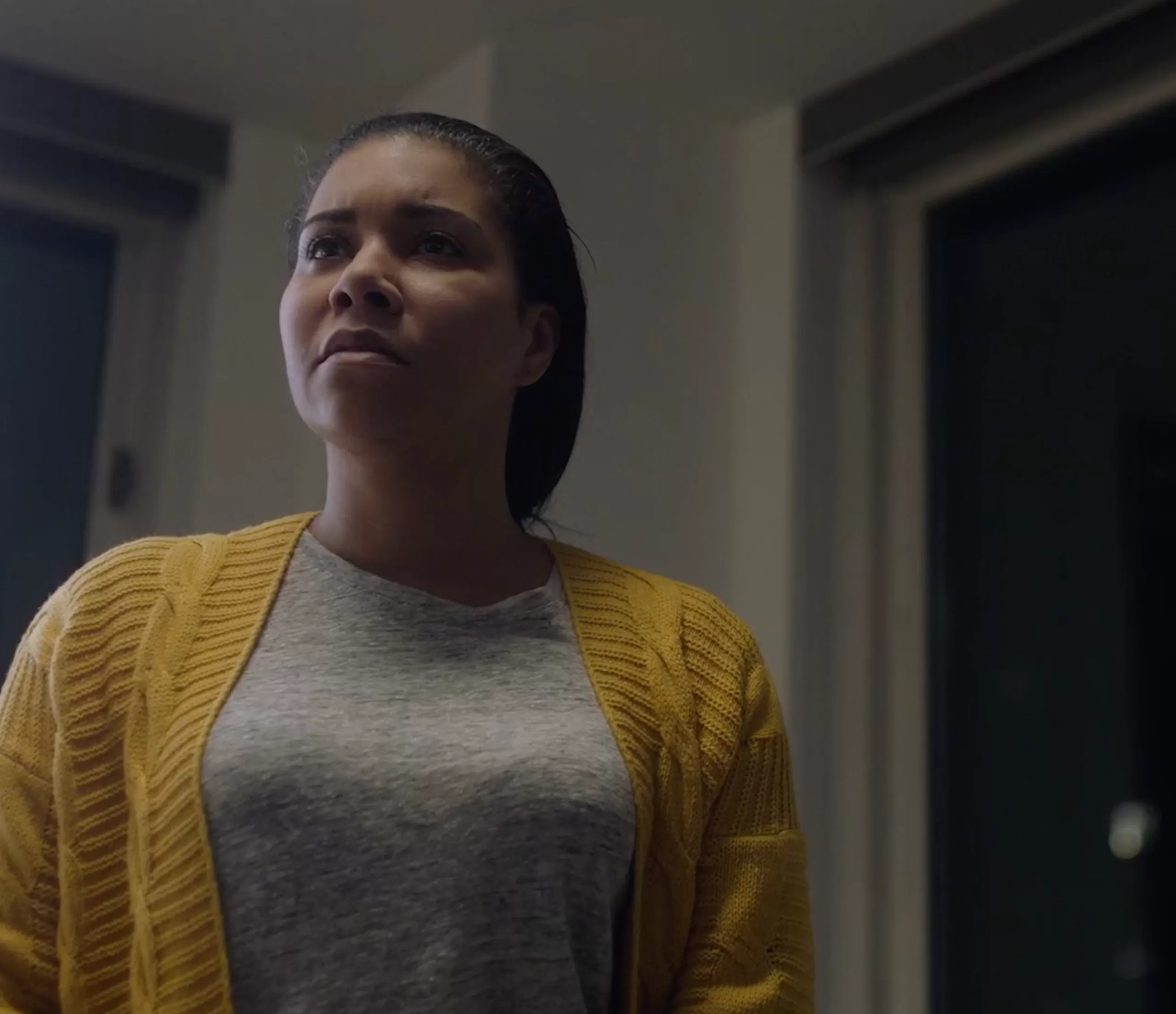Sundance: “MURDER IN BIG HORN”
Razelle Benally and Matthew Galkin’s harrowing “Murder in Big Horn” sounds an alarm, one that has been going off for decades. So many Indigenous women and young girls from the Cheyenne and Crow Nations have vanished from Montana’s Big Horn and surrounding counties; an area that has been dubbed the most dangerous place for Indigenous women in the U.S.
As one woman says, “I fear for my daughter. Just being a woman makes her a target.”
These crimes happen so regularly, they have their own acronym, MMIW (Missing and Murdered Indigenous Women).
Women of the area, both older and younger, regularly go missing and usually end up dead, with no explanation, very little investigation and even less media coverage.
To the police and F.B.I., every single Native American girl that turns up dead seems to die from the elements. Several experts explain how a dead body left outside more than one day would not be found intact in that part of the country, due to the large amount of wildlife. Their findings continue to fall on deaf ears.
“Murder in Big Horn” is a sharp, focused documentary. The film examines the long and sickening history of the American government’s neglect and active suppression of the Native American peoples (an evil that has plagued their culture since colonization) and how it links to the missing and murdered women of today.
Directors Benally and Galkin connect law enforcement’s disregard of the Indigenous populations to the first reservations. When the U.S. Army unlawfully put the Indigenous people on reservations, it wasn’t for their safety. It was to keep them down and to break their spirit. This way of thinking doesn’t go away, it’s passed down through generations, Indigenous people are to be ignored as it goes.
This country was born of a significant and ongoing devaluation of the Indigenous populations by the government and its authorities.
Told exclusively through the perspective of those involved (the families, Native American journalists, and local law enforcement officers), the documentary aligns itself with these families and their community, trying to shed light on (and perhaps help solve) the unanswered mysteries of the missing and the murdered.
The film shows the many ways the U.S. government (through its disregard for land rights) continues to marginalize our country’s original people. So many of its bills and policies are an affront to our Native American populations.
The film shines a light on the hypocrisy of the media, also, when it comes to missing women. There are many cases of young women who go missing. When the victims are White, their stories almost always become nationwide news. Rivers are dragged. The entire state is searched. All resources are used to their full potential.
When the victims are Native American, there is rarely (if any) coverage and even less help. This is the gut-wrenching truth that must be rectified.
The Native American families justifiably hound local authorities for answers, but their pleas too often fall on deaf ears. Arrests in these cases are rare, and convictions are virtually nonexistent.
The heartbreaking link between the parents of the missing women is the sentence too often repeated, “I don’t know who to ask. I don’t know where to turn.”
It took the 2020 disappearance of sixteen year-old Selena Not Afraid to finally earn national media attention, pressuring the police to take deeper steps in the investigation. This is not enough.
There is a significant lack of response from law enforcement. Even with the victims who are found (always dead), the police do nothing to investigate. The families and friends of the missing and murdered are forced to stand alone in their fight for justice.
As a mother of one of the missing girls tells the camera, “These cases are not ‘True Crime’ cases. These are our relatives.”
“Murder in Big Horn” humanizes the victims and their families, giving them a voice. Each victim was a part of a community. Each had family and friends who loved them.
Their lives meant something.
It is tragic to know we live in a country where violence against the Native American people is an accepted occurrence. As one lawyer states, “No one in law enforcement bats an eye at it.”
As the film shows, it is (and always has been) racism that fuels the authorities’ indifference to the crimes that take place against Native Americans. There is no other explanation.
This detachment allows for an almost open season on the Indigenous women of the area. The film explains how Montana’s proximity to the Canadian border makes the area a haven for human trafficking.
The documentary series argues for mainstream attention on the MMIW movement. Everyone, especially the police and the F.B.I. should be on the frontlines.
As director Benally says of the film, “We need advocates for those who cannot advocate for themselves… We need to give these communities and victims a voice.”
The Native American culture has only its youth to carry on their traditions and do their best to overcome centuries of oppression. The beauty of their way of life must endure.
Truly, the purposeful lack of concern from law enforcement is the beast that is killing the beauty.
The three-part series makes its debut on Showtime and On Demand Friday, February 3rd.
The 2023 Sundance Festival started on January 19th and ends today.
news via inbox
Nulla turp dis cursus. Integer liberos euismod pretium faucibua



